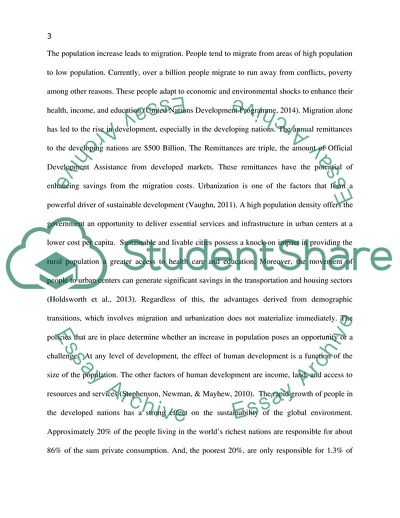Cite this document
(How Does Population Affect Sustainability Assignment, n.d.)
How Does Population Affect Sustainability Assignment. https://studentshare.org/sociology/1848021-how-does-popultaion-growth-affect-sustainable
How Does Population Affect Sustainability Assignment. https://studentshare.org/sociology/1848021-how-does-popultaion-growth-affect-sustainable
(How Does Population Affect Sustainability Assignment)
How Does Population Affect Sustainability Assignment. https://studentshare.org/sociology/1848021-how-does-popultaion-growth-affect-sustainable.
How Does Population Affect Sustainability Assignment. https://studentshare.org/sociology/1848021-how-does-popultaion-growth-affect-sustainable.
“How Does Population Affect Sustainability Assignment”. https://studentshare.org/sociology/1848021-how-does-popultaion-growth-affect-sustainable.


